Go Ranks & Ratings: Kyu, Dan and Elo
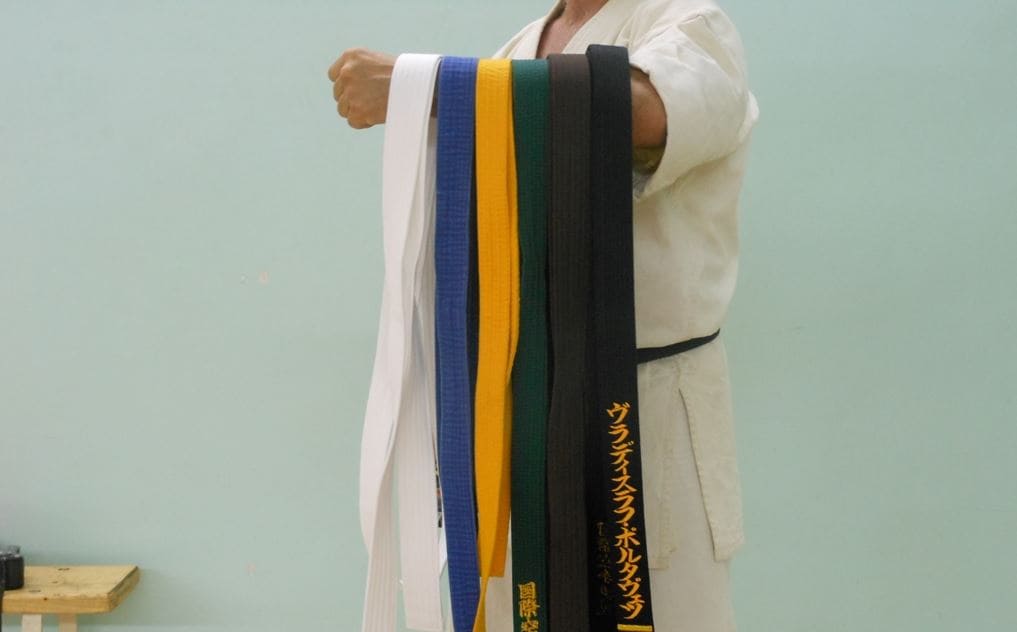

In the game of Go, the ranking and rating systems serve as measures of skill and experience, guiding players on their journey from beginner to master. This article simplifies the ranking and rating systems, helping you understand your place in the world of Go and the steps to move forward.
Ranking System: Kyu and Dan
In the game of Go, players are classified into ranks that reflect their skill level, with the system divided into two main categories: kyu and dan.
The Origins of the Ranking System
The kyu and dan ranking system in Go has roots in 17th-century Japan. It was developed by Honinbo Dosaku, a legendary Go master and one of the most influential figures in the game’s history. Dosaku introduced the system as a way to clearly classify players’ skill levels, providing structure and consistency to the growing Go community. By creating defined ranks, he made it easier for players of varying abilities to find balanced matches and measure their progress.
The Kyu Ranks — Starting Your Journey
The journey in Go begins with the kyu ranks, which are players learning the game. These ranks are often grouped into DDK (double digit kyu) and SDK (single digit kyu) categories. DDK refers to players ranked between 30 kyu and 10 kyu, typically beginners and intermediate learners, while SDK covers 9 kyu to 1 kyu, representing more advanced amateur players.
Starting at 30 Kyu
Every Go player’s journey starts at the beginner level, ranked as 30 kyu. This rank is assigned once you’ve learned the basic rules of the game and are ready to begin playing. It represents the very first step into the world of Go. On some online servers, players may have different base ranks. For example, on the Fox Go Server (FGS), beginners start at 18 kyu. This is also true for some Go federations, where starting levels may differ depending on the region or organization.
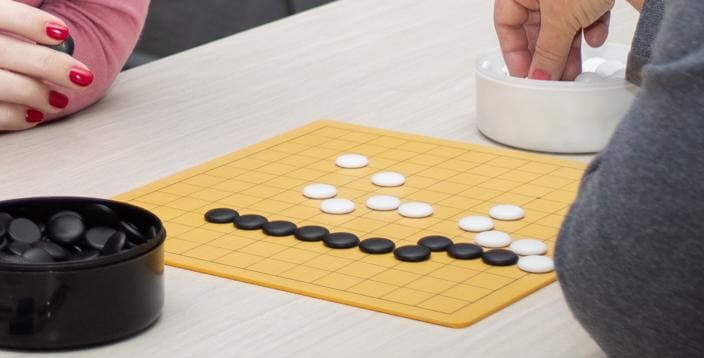
Progression Through the Ranks
As players practice and improve, they ascend through the kyu ranks. Progression moves in reverse numerical order—from 30 kyu to 29, 28, 27, and so on. Each rank signifies a tangible improvement in skill, such as recognizing common patterns, understanding basic tactics like capturing stones, and starting to think strategically about influence and territory. This gradual advancement helps players stay motivated while providing clear milestones to aim for.
Reaching 1 Kyu
The final kyu rank, 1 kyu, marks the pinnacle of amateur play. Players at this level have developed strong tactical and strategic skills, demonstrating a deep understanding of the game’s principles. A 1 kyu player is considered highly competent, capable of challenging experienced opponents and ready to transition into the master-level dan ranks. Crossing this threshold is a significant achievement, symbolizing the culmination of a player’s foundational learning and the beginning of a new phase in their Go journey.
The Dan Ranks — Entering Mastery
When you reach 1 Kyu, you stand at the gateway to the Dan ranks. The transition marks a significant leap in skill and understanding.
Starting at 1 Dan
After progressing through the kyu ranks, players achieve the rank of 1 dan, marking their entry into the master ranks. This level signifies a mastery of the basics and intermediate strategies, including the ability to read the board deeply, anticipate an opponent’s moves, and execute complex tactics with confidence. A 1 dan player is recognized as a strong and capable competitor, often skilled enough to guide and teach others.
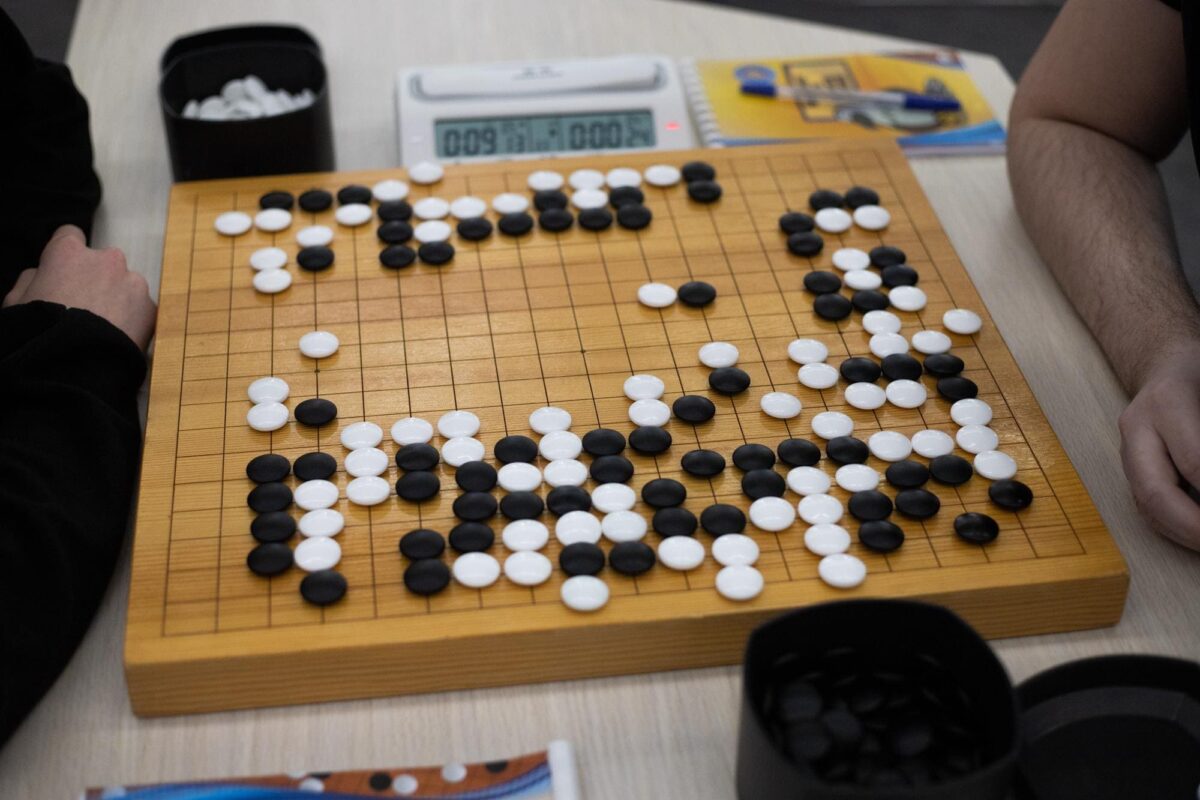
Climbing the Dan Levels
The journey doesn’t stop at 1 dan. Players can continue climbing the ranks, advancing to 2 dan, 3 dan, and beyond. Each rank reflects greater proficiency, with players demonstrating increasingly refined strategies, deeper reading ability, and more effective decision-making under pressure. The ultimate goal for many amateur players is reaching 7 dan, which is often considered the highest rank in the system. However, just like with the kyu ranks, this may vary on some servers or in certain Go organizations, where amateur 8 dan and even 9 dan ranks can occasionally be seen. At these levels, a player’s skill is exceptional, capable of rivaling even professional players in certain settings.
The dan ranks symbolize a profound understanding of the game and a commitment to continuous improvement. Each step up the ladder is not just about winning games but about mastering the art and philosophy of Go, a pursuit that can last a lifetime.
Professional Dan Ranks — For the Elite
For those who choose to dedicate their lives to Go, the professional dan system offers an elite pathway to mastery and recognition.
Becoming a Pro
Entering the professional leagues is challenging. Aspiring professionals must pass a tough qualification exam that tests skill, strategy, and mental resilience. This system, established in Japan, Korea, and China, is gaining traction in the West, including Europe and the U.S. Passing this exam grants the title of 1 dan professional, opening a career in competitive Go.
Professional Levels
Starting at 1 dan professional, players can advance through 2 dan, 3 dan, and beyond, with 9 dan professional as the highest rank. At this level, players are masters of the game, capable of competing globally and enriching Go traditions.
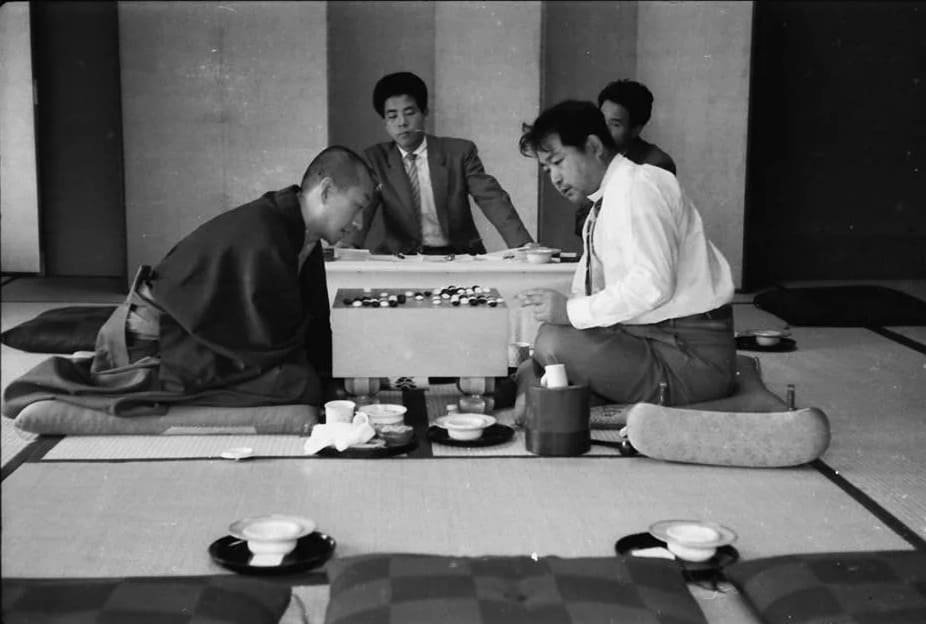
The professional dan ranks symbolize the peak of competitive Go, blending discipline, artistry, and innovation on the board.
Go Ratings — A Modern Complement to Traditional Ranks
Alongside the kyu and dan ranking system, Go also uses a rating system, particularly in tournaments and online play, to provide a more precise measurement of skill. Ratings and ranks are tied together, with numerical ratings serving as the foundation for determining ranks. This connection makes it possible to measure a player’s skill more precisely, ensuring consistent and fair comparisons.

Ratings are calculated based on match outcomes, adjusting depending on the opponent’s strength. Beating a stronger opponent significantly boosts your rating, while losing to a weaker player causes a larger drop.
While both systems measure skill, ranks offer milestones that reflect long-term progress, while ratings provide real-time updates on player strength. Combined, they give players a comprehensive way to track their growth, whether through structured ranks or precise performance metrics. This additional layer of measurement enriches the Go experience, making it easier for players to gauge their improvement and compete fairly across different formats.

The Purpose of the Ranking and Rating Systems
The ranking system in Go is more than just a way to label players—it serves as a vital framework that supports the game’s structure and fosters a sense of progression and community.
Balanced Matches
One of the primary purposes of the ranking system is to create balanced matches. By categorizing players based on their skill level, the system ensures that games are both challenging and enjoyable.
Growth Path
The kyu and dan system provides a clear and motivating path for improvement. Each rank serves as a milestone, marking progress and encouraging players to refine their skills step by step. Whether it’s mastering the basics at the Kyu levels or honing advanced strategies in the dan ranks, the system gives players a tangible sense of accomplishment as they advance.
Cultural Significance
The ranking system is deeply intertwined with Go’s cultural identity. Like the ranks in martial arts, the kyu and dan system embodies a tradition of learning, discipline, and mastery that has been passed down for centuries. It reflects the philosophy of continuous improvement and respect for the game’s complexity.
Mastering the ranks in Go is as much about enjoying the journey as it is about achieving the next level. Each rank you climb represents not just improvement in skill but also a deeper connection to the game’s rich tradition.
By the way, to solidify what you’ve learned from this article and to further explore concepts like Nigiri and Handicap, be sure to check out the Nigiri. Handicap. Go Ranks lesson from our free Go Rules course. If you’re ready to take the next step in your Go journey, our platform, Go Magic, offers many other courses and resources tailored to every skill level!
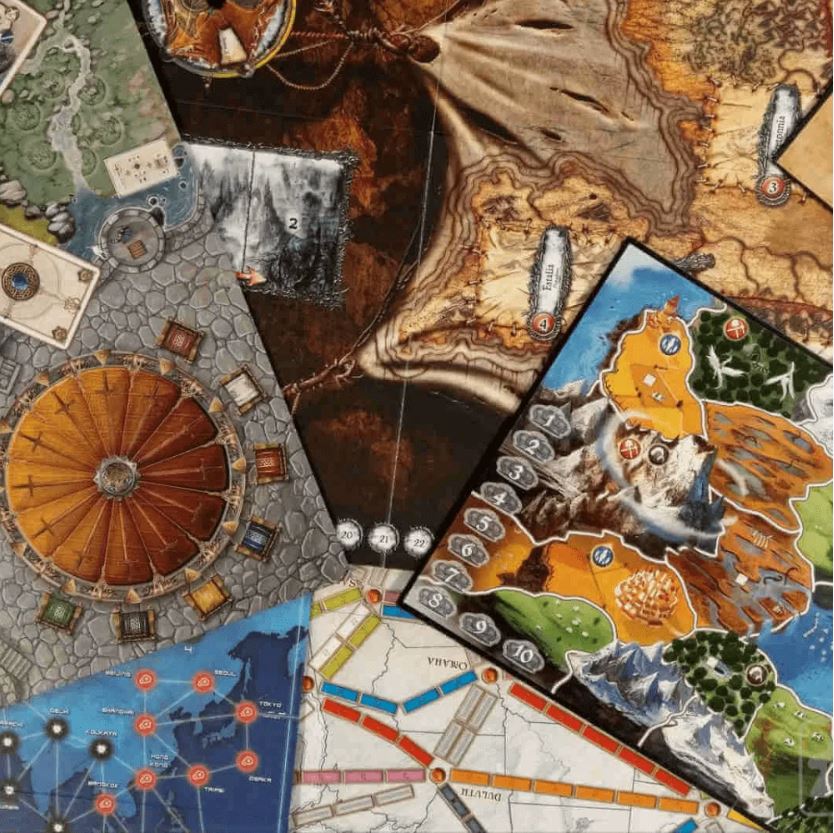
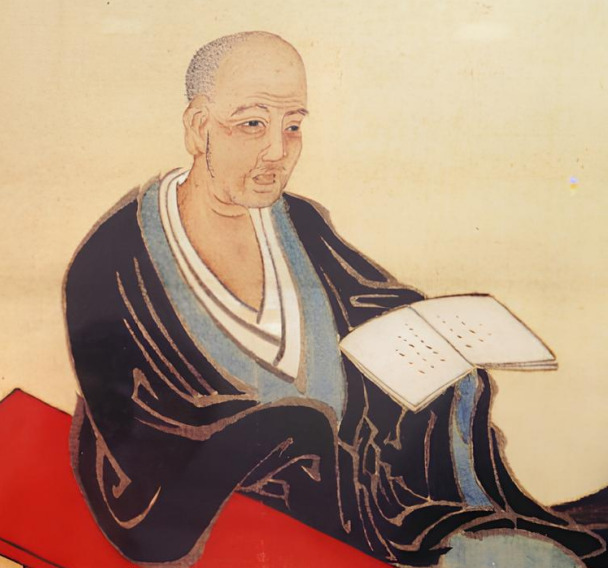
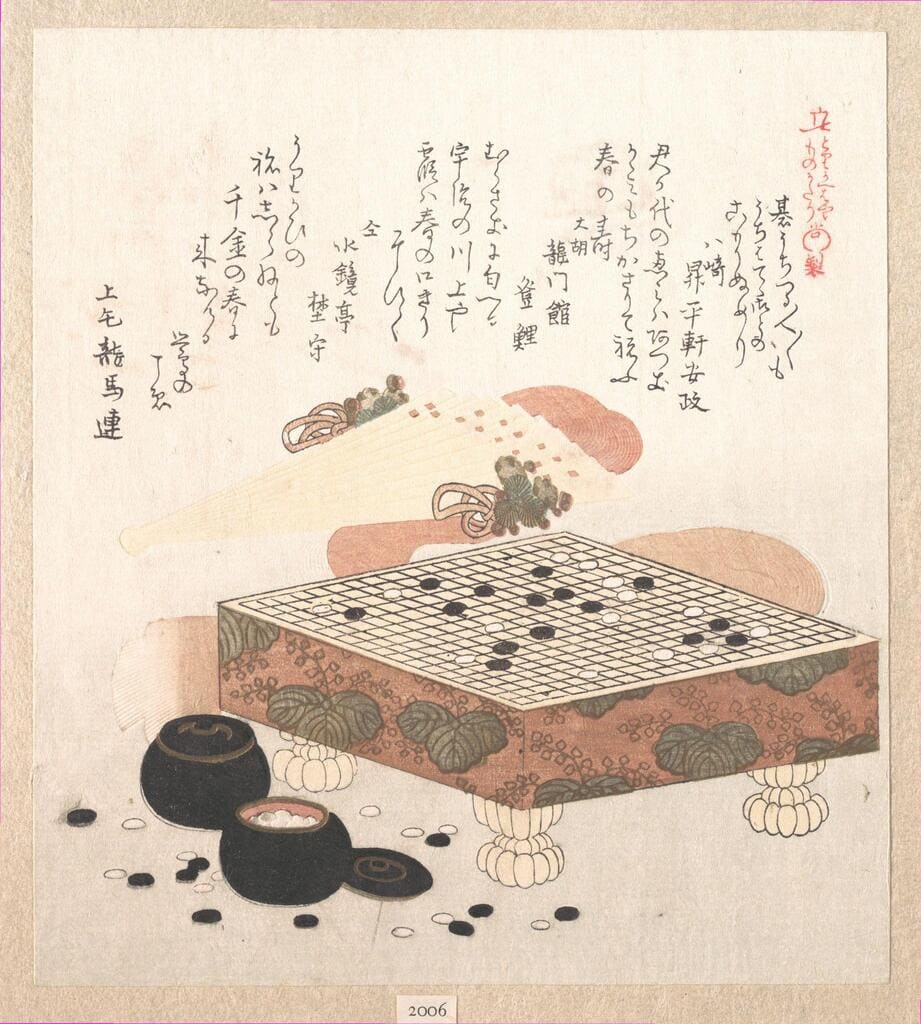
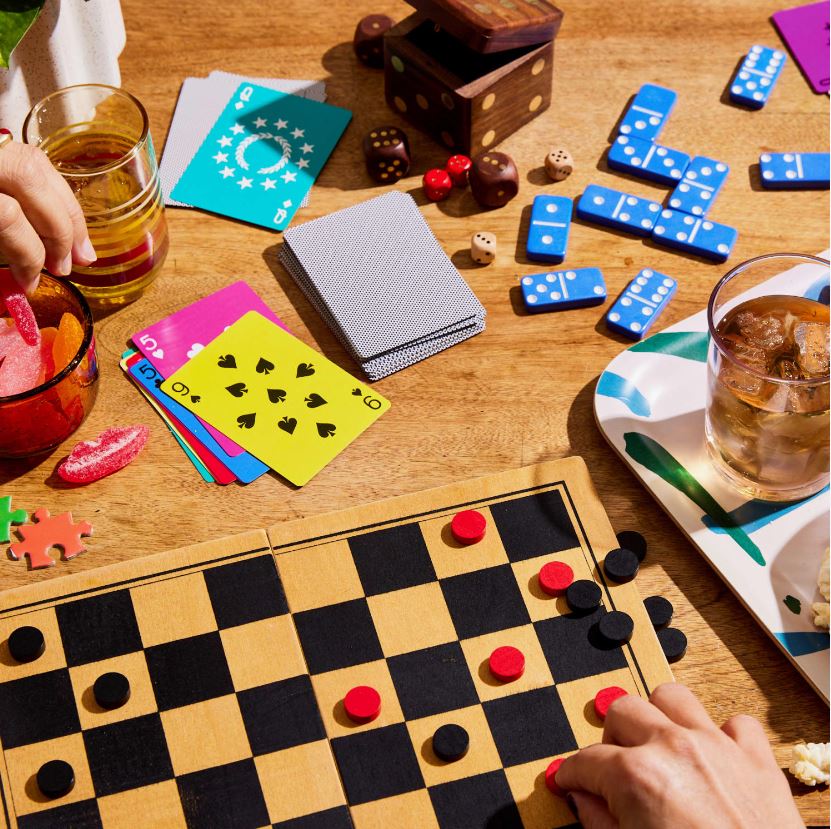
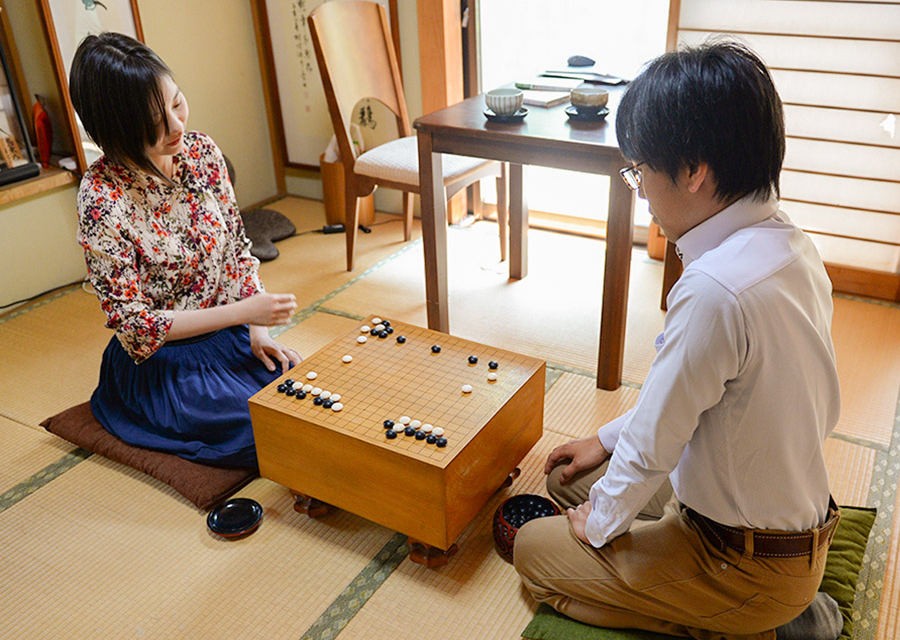
Eccellente articolo !!
Great article. I would have liked to see a chart that could show the ranks and how they compared approximately to ratings. I’d also be interested if there was something descriptive that told what was expected at each rank. I know these would only be approximations but still would be interesting and useful.